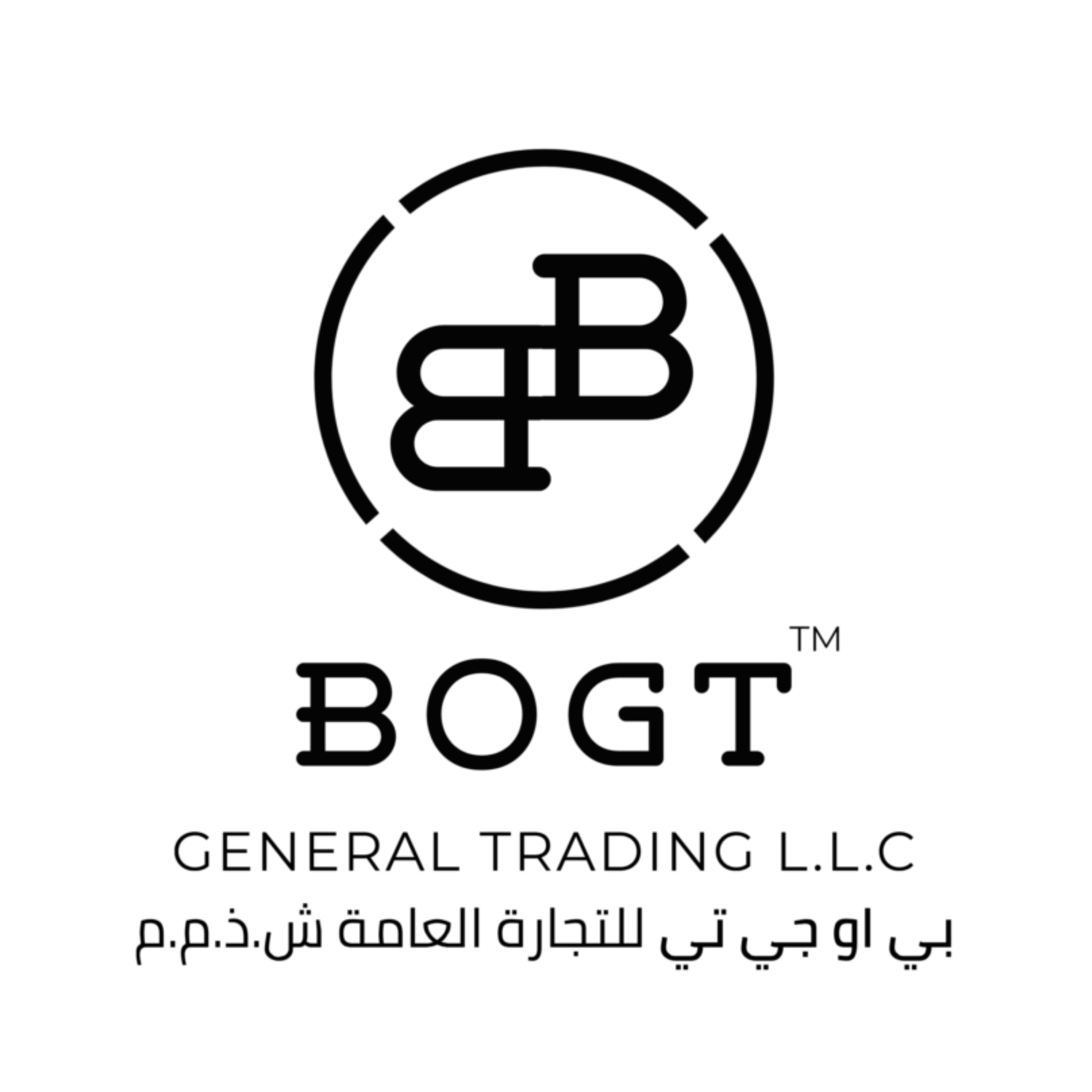1. Introduction: Exploring the Intersection of Art, Architecture, and Edibility
Edible architecture represents a fascinating blend of culinary creativity and structural design, transforming everyday consumables into artistic expressions that challenge traditional notions of form and function. This innovative approach not only delights the senses but also expands the boundaries of architectural thinking, emphasizing sustainability, cultural storytelling, and interactive experiences.
Historically, edible architecture dates back centuries, with early examples such as decorated bread in medieval Europe or elaborate sugar sculptures during Renaissance festivities. These practices illustrate how food-based structures have served cultural, ceremonial, and artistic roles across civilizations. Recognizing the significance of edible forms in cultural identity underscores their importance in creative design.
This article aims to explore the evolution from simple candy sculptures to complex urban-scale edible cityscapes, illustrating how scientific principles, artistic expression, and technological advances converge in this dynamic field. By examining diverse examples and innovations, we highlight how edible architecture is shaping future urban concepts and educational paradigms.
Contents
- 2. The Foundations of Edible Architecture
- 3. From Sweet Creations to Structural Masterpieces
- 4. Modern Edible Architecture: Techniques and Innovations
- 5. My Sweet Town: A Modern Illustration of Edible Urbanism
- 6. Artistic and Educational Value
- 7. Non-Obvious Aspects and Deeper Insights
- 8. Future Directions
- 9. Conclusion
2. The Foundations of Edible Architecture
a. The science behind edible materials: sugar crystallization and structural properties
At the core of edible architecture lies an understanding of materials like sugar, chocolate, and edible gels. Sugar, for example, crystallizes in specific ways that allow artists to create translucent sculptures or stable structures. The physical properties — such as melting point, tensile strength, and crystallization behavior — are crucial in designing durable edible forms.
b. How traditional architecture principles apply to edible forms
Principles like load-bearing, balance, and spatial organization translate into edible design. For instance, layered cake structures utilize load distribution concepts, while the spatial arrangement of edible city models reflects urban planning principles, demonstrating that fundamental architectural concepts remain relevant even in edible mediums.
c. The role of artistic expression in transforming edible items into architectural statements
Artists leverage vibrant colors, intricate molding, and thematic storytelling to elevate edible creations from simple food items to compelling architectural statements. This fusion of art and science encourages innovation, turning candies and confections into miniature urban landscapes or monumental sculptures that communicate cultural narratives.
3. From Sweet Creations to Structural Masterpieces: Evolution of Edible Architecture
a. Early examples: candy sculptures and their cultural origins
Historically, candy sculptures have served ceremonial and decorative purposes, especially in Asian and European cultures. For example, Chinese sugar art dates back to the Tang Dynasty, where intricate carvings demonstrated craftsmanship and were used in festivities. These early sculptures often depicted mythological figures, emphasizing storytelling through edible art.
b. The influence of technological advances on edible design
Advancements such as silicone molds, isometric blueprints, and 3D printing have revolutionized edible design. These tools enable precise replication of complex structures, allowing chefs and artists to craft detailed cityscapes or architectural replicas with greater accuracy and scale.
c. Case study: Cotton candy’s invention by a dentist in 1897—an intersection of health and art
Cotton candy, invented by William Morrison and John C. Wharton, a dentist, exemplifies the intersection of health, entertainment, and art. Originally called “fairy floss,” it transformed sugary spun sugar into a delicate, cloud-like structure that has become a staple in fairs and celebrations worldwide, symbolizing how edibility and entertainment can merge in innovative ways.
4. Modern Edible Architecture: Techniques and Innovations
a. Materials: from sugar and chocolate to novel edible composites
Contemporary edible architecture employs a diverse palette, including sugar, chocolate, marzipan, and increasingly, novel edible composites like rice paper, edible foams, and plant-based gels. These materials allow for a broader range of textures, colors, and structural capabilities, expanding creative possibilities.
b. Tools and methods: molding, layering, and structural engineering in edible forms
Innovative techniques such as 3D food printing, layered assembly, and structural supports enable the creation of complex edible structures. Engineers and chefs collaborate to ensure stability, mimicking architectural principles like load distribution and spatial coherence within edible mediums.
c. Notable contemporary examples: elaborate cake designs, edible installations, and cityscapes
Artists like Ron Ben-Israel and cake decorators worldwide craft cityscapes and monumental sculptures from sugar and chocolate, often incorporating architectural details. Edible installations at art festivals demonstrate how food can serve as a medium for large-scale artistic expression, blurring the line between culinary arts and architecture.
5. My Sweet Town: A Modern Illustration of Edible Urbanism
a. Concept overview: designing a miniature city using edible materials
“My Sweet Town” exemplifies how edible architecture principles can be applied at an urban planning scale, creating miniature city models from candies, cookies, and other edible materials. These models serve educational and artistic purposes, illustrating city layouts, zoning, and infrastructure in a tangible, edible format.
b. Application of isometric projection in planning and visualizing edible city layouts
Using isometric projection, designers can accurately visualize how different city components—roads, buildings, parks—fit together in three-dimensional space. This technique enhances understanding of spatial relationships and helps in creating well-organized edible urban models, fostering skills transferable to actual urban planning.
c. Educational value: understanding urban planning principles through edible models
Engaging with edible city models provides hands-on learning about zoning, transportation, and infrastructure. It encourages interdisciplinary thinking, combining culinary arts, design, and urban studies, making complex concepts accessible and memorable.
“Creating edible urban models demonstrates that the principles governing real cities can be explored creatively and interactively, fostering both education and innovation.”
Interested in exploring such innovative approaches? You can find more about edible city modeling and related projects at mysweettown-game.top, where digital and edible design intersect for educational fun.
6. The Artistic and Educational Value of Edible Architecture
a. Encouraging creativity and innovation in culinary arts and design
Edible architecture invites chefs, artists, and students to experiment beyond traditional culinary boundaries. The fusion of artistic vision with structural principles fosters innovation, leading to new forms of expression such as edible sculptures, themed installations, and interactive food environments.
b. Teaching structural principles through hands-on edible projects
Hands-on activities like building layered cakes or sugar sculptures serve as practical lessons in load-bearing, stability, and spatial organization. These projects make abstract architectural concepts tangible, enhancing understanding through tactile experience.
c. Promoting sustainability and resourcefulness in edible construction
Using edible and biodegradable materials emphasizes sustainability. Creative reuse of food scraps, local ingredients, and eco-friendly techniques aligns edible architecture with environmental responsibility, inspiring future designers to prioritize resourcefulness.
7. Non-Obvious Aspects and Deeper Insights
a. Cultural symbolism and storytelling through edible architecture
Edible structures often embody cultural narratives—festive gingerbread houses depicting local folklore or sugar sculptures representing historical figures. These serve as edible storytelling mediums that preserve and communicate cultural identities.
b. The psychology of edible environments and their impact on perception
Experiencing edible environments can evoke nostalgia, curiosity, and comfort. The temporary nature of edible structures fosters appreciation for impermanence and encourages mindful engagement with art and architecture.
c. Ethical considerations and health implications in edible design
While edible architecture sparks creativity, it also raises questions about food waste, nutrition, and health. Responsible design emphasizes moderation, healthy ingredients, and sustainable practices to balance artistic expression with ethical considerations.
8. Future Directions: The Potential of Edible Architecture in Urban Development
a. Emerging trends: edible urban planning and eco-friendly designs
Innovations include edible public spaces, biodegradable city models, and edible infrastructure prototypes. These trends aim to integrate sustainability with aesthetic appeal, fostering environmentally conscious urban development.
b. Challenges and opportunities in integrating edibility with sustainability
Main challenges involve scalability, food safety, and durability. However, opportunities abound in creating edible, biodegradable building prototypes, temporary urban installations, and educational tools that promote ecological awareness.
c. Vision: Cities of the future built with edible and biodegradable materials
Envisioning future urban landscapes where buildings and infrastructure are constructed from edible, sustainable materials aligns with circular economy principles. Such cities could reduce waste, promote local resource use, and foster community engagement through edible public art.
9. Conclusion: Celebrating the Art and Science of Edible Architecture
Edible architecture exemplifies the harmonious fusion of science, art, and sustainability. From ancient sugar sculptures to innovative city models, this field encourages interdisciplinary thinking and creative exploration. As urban challenges grow, edible and biodegradable designs may play a pivotal role in shaping future societies.
“By transforming food into structures, we not only celebrate culinary artistry but also rethink the possibilities of sustainable urban living.”
Engaging with edible architecture broadens our perspective on design, education, and societal values. Whether as a playful activity or a visionary urban concept, it invites us to imagine cities built with creativity, care, and resourcefulness.




